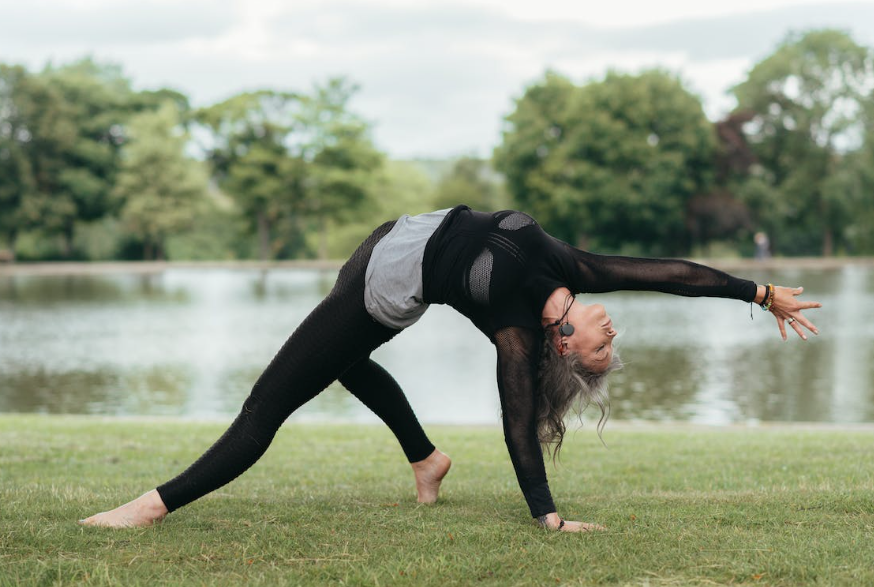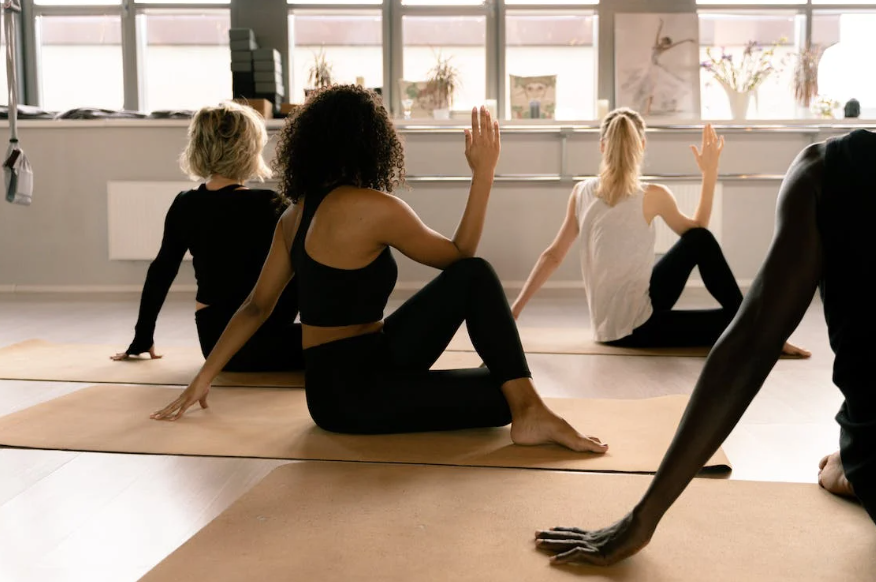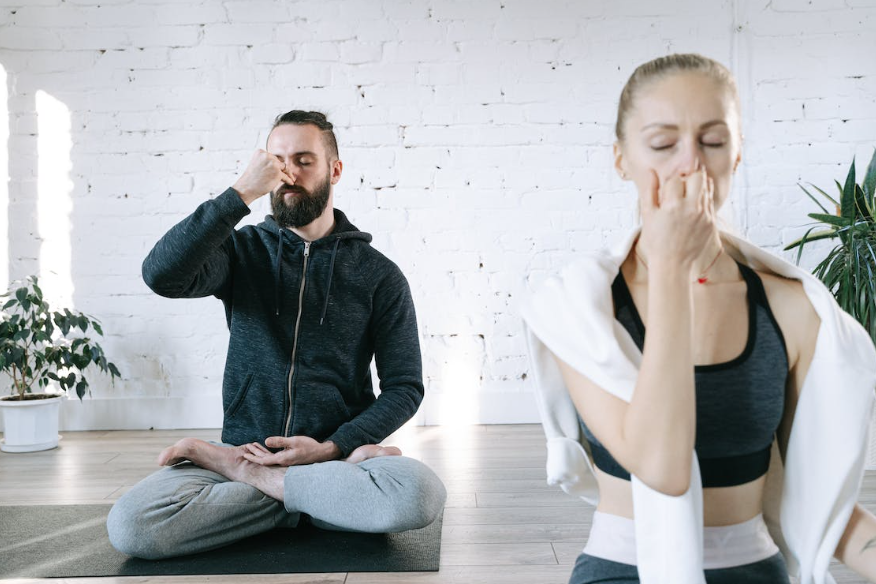Mindfulness Techniques
Mindful living doesn’t have to be hard and the purpose of this article is to guide you through how to be more mindful in daily life so you can reap all the mindfulness benefits.

Selfpause Affirmation App
Download the app to get 1,000’s of affirmation meditations and everything you need to write, record and listen to your own.
There are various ways to practice mindfulness. Some of these techniques include: meditation on the natural breath, Body scan, Mindful writing, and mindful eating. These techniques can help you stay mindful while working. To learn more about these techniques, please visit the links below. They are easy to learn and apply to your daily life.
Meditation on the natural breath

Meditation on the natural breath is a simple technique that can help you calm yourself during stressful times. Simply focus on your natural breath sensations and follow it through its full cycle. If you notice your mind wandering, gently bring it back to the breath. As you practice this technique, you may find that you can easily return to it again.
The practice of mindfulness meditation on the natural breath has many benefits. This simple technique has been shown to relieve stress, ground people in the moment, and reestablish inner peace. It is a good way to protect your health, and is a great starting point for those who are new to the concept. This type of meditation is a gateway to more advanced techniques of mindfulness. It teaches people to accept the present moment and to stop fighting their feelings.
To start practicing this technique, simply sit in a quiet place and observe the breath. Try to stay there for five to seven minutes at a time. It is easy to get distracted, but it is important to remember to come back to your breath. This way, your mind will be less likely to wander.
In addition to helping you relax, meditation can also help relieve chronic pain and improve your mental health. Regular practice can also help you sleep better, which is a key component of achieving optimal health. Although meditation takes time to master, it can benefit your life in many ways. Practice with patience and try various techniques to find a technique that is effective for you.
Body scan

Body scan is a mindfulness technique used to train the mind to be more accepting of its body sensations. It builds the ability to focus on the present moment and improves psychological well-being. It can also help improve pain and discomfort. Generally, a body scan takes about 5 minutes, but longer sessions are ideal for deepening the experience.
A study of 55 participants showed that a 10-minute body scan helped to relieve chronic pain. Participants listened to recordings of body scans and reported pain levels before and after. After just one session, those in the group who had been listening to the recordings reported a marked reduction in pain. One reason for this is that body scans help people release tension in their bodies, often caused by anxiety and stress.
Body scans are most effective when performed in a relaxed, quiet environment. To begin, lie down on a soft surface and take a few deep breaths. Focus on your abdominal and chest areas. While breathing, try not to raise or lower your shoulders. As you continue, you may notice additional tension in different areas of the body.
A body scan meditation can help you manage pain, reduce tension, and improve mental wellness. You can perform this meditation several times a day, or whenever you feel pain or stress. Start with one area at a time, and slowly increase the time and length of each scan.
Mindful writing

Mindful writing techniques involve observing and writing in the present moment. Write about the people you see, their problems, dreams, relationships, and even future meetings. There’s no need to aim for anything grand, just write about what is on your mind. Writing mindfully helps to remove the distractions from your life and allow you to be completely focused on the task at hand.
Mindful writing can also help you observe the world around you more clearly. Many writers get lost in their daydreams and miss the world around them. The exercises will help you become more aware of your surroundings and avoid writing in a haze. By observing with a clear mind, you’ll be more likely to notice details that otherwise might escape your attention.
One way to practice mindfulness writing is to keep a journal. You can write in a physical journal or a digital journal. A digital journal is less effective than a paper journal because there’s a chance that you’ll become distracted while writing on a screen. A journal with writing prompts can help beginners, while a blank journal will give you more freedom to express yourself.
Mindful writing techniques can also help you stay present in your life and inspire you to do your best work. Many writers struggle with limiting beliefs that keep them from creating their best work. By using these techniques to be aware of your thoughts and writing with an objective viewpoint, you can overcome these barriers and create powerful writing.
Mindful eating

If you’re looking for ways to improve your eating habits, you may want to consider practicing mindful eating techniques. These techniques involve slowing down and being aware of the amount of time you spend in the kitchen. To help you keep yourself on track, you can use alarm clocks or timers to help you focus on what you’re eating. Keeping your kitchen organized will also help you pay more attention to the types of foods you’re eating. Stocking up on healthy foods is also an important part of mindful eating. You can do this by grocery shopping with a food list and choosing foods that are wholesome and nutritious.
Mindful eating techniques include observing how the food you’re eating tastes and smells. It also involves chewing slowly and not letting distractions get in the way while eating. Practicing these techniques can also help you deal with feelings of guilt or anxiety that you may have during mealtime. These techniques are rooted in Buddhist teachings, and they aim to restore the connection between your food and your body.
Developing awareness of your food while eating can be a challenging process, especially when you’re starting out. Nonetheless, it’s a beneficial process that will not only improve your health, but also make eating time more pleasant and stress-free.
Mindful emotions

Practicing mindful emotions is a great way to improve your mental health. Observe your body’s reaction to different emotions. For example, notice the contraction or expansion of your chest. Label these sensations, which can help you better cope with your current feelings. In addition, by noticing your physical reactions, you can begin to change your mindset about the situation.
Studies have shown that mindfulness training decreases negative emotions and increases activity in brain regions associated with body awareness. For example, experienced meditators show greater activation of the insula, which is connected to body awareness. Furthermore, they show greater gray matter concentration in the right anterior insula, which is a region associated with cognitive control.
Mindfulness practice involves allowing the awareness of the present moment to arise, and being forgiving of yourself. Mindfulness also involves gently redirecting your thoughts to the present moment. It’s important to avoid allowing negative thoughts to enter your mind, which can only exacerbate your mental struggles. By letting go of negative thoughts, you can increase the ability to enjoy and embrace your life.
Mindfulness training can improve your overall mental health and reduce the symptoms of depression. It increases your tolerance for emotional pain and improves empathy and self-compassion. Mindfulness can be incorporated into any part of your day, whether you’re at work or on your lunch break. Several types of therapy incorporate this technique to help people manage difficult emotions.
Mindful awareness exercises

Mindful awareness exercises help to increase awareness of the present moment. They are simple and require few props. The aim is to bring awareness to various parts of the body. The facilitator can direct the participants’ attention to areas where they feel no sensations and areas where they feel hypersensitive. When they finish the exercise, they can slowly open their eyes and return to a sitting position.
A simple example of a mindfulness exercise is mindful breathing. In this exercise, you focus on your breathing for at least two minutes while noticing the sensations in your body. This exercise can be done in a seated or a lying position. For beginners, lying down may be more comfortable.
Mindfulness exercises can help you reduce stress and increase your level of engagement in everyday life. They are great for children, teens, and adults alike, and can be incorporated into a regular routine. You can apply mindfulness to virtually everything, from your daily life to your job. Most of these activities are easy to do and can be adapted to fit into your daily routine.
Practicing mindful awareness exercises can be as simple as noticing the smells of food. Choosing a food with a unique texture helps you practice paying attention to the present. As you continue to practice mindful awareness exercises, your mind will be more aware of the things around you.
Our Top FAQ's
Mindfulness is the practice of bringing one’s attention to the present moment, without judgment. It involves paying attention to one’s thoughts and feelings, and becoming more aware of the present moment. Research has shown that mindfulness can have a number of benefits, including reducing stress and anxiety, improving overall well-being, and helping individuals to become more focused and present in their daily lives.
Some examples of mindfulness techniques that you can practice on a daily basis include:
-
Paying attention to your breath: This can involve simply taking a few deep breaths, or focusing on the sensation of the breath moving in and out of your body.
-
Focusing on the present moment: This can involve paying attention to your surroundings and the sensations you are experiencing in the present moment, such as the sights, sounds, and smells around you.
-
Body scan meditation: This involves lying down or sitting comfortably and focusing on each part of your body, starting at your toes and working your way up to the top of your head. As you focus on each body part, try to release any tension or discomfort that you may be feeling.
-
Loving-kindness meditation: This involves silently repeating phrases of love and well-wishes to oneself and others, such as “may I be happy, may I be healthy, may I be at peace.”
-
Walking meditation: This involves paying attention to the sensation of each step as you walk, and focusing on your breath or a mantra as you walk.
There are many ways to incorporate mindfulness into your daily routine. One way is to set aside a specific time each day to practice mindfulness techniques, such as first thing in the morning or right before bed. You can also try incorporating mindfulness into your daily activities, such as taking a few deep breaths before a meeting or paying attention to your breath while you are stuck in traffic.
The length of time that you practice mindfulness techniques each day is up to you. Some people find it helpful to practice for just a few minutes each day, while others may find it more beneficial to practice for longer periods of time. It is important to find a balance that works for you, and to be consistent in your practice.
Mindfulness techniques can be practiced by people of all ages and backgrounds. They are a simple and effective way to reduce stress and improve well-being, and can be easily incorporated into anyone’s daily routine.
